Swiftwater Tech Vest Review
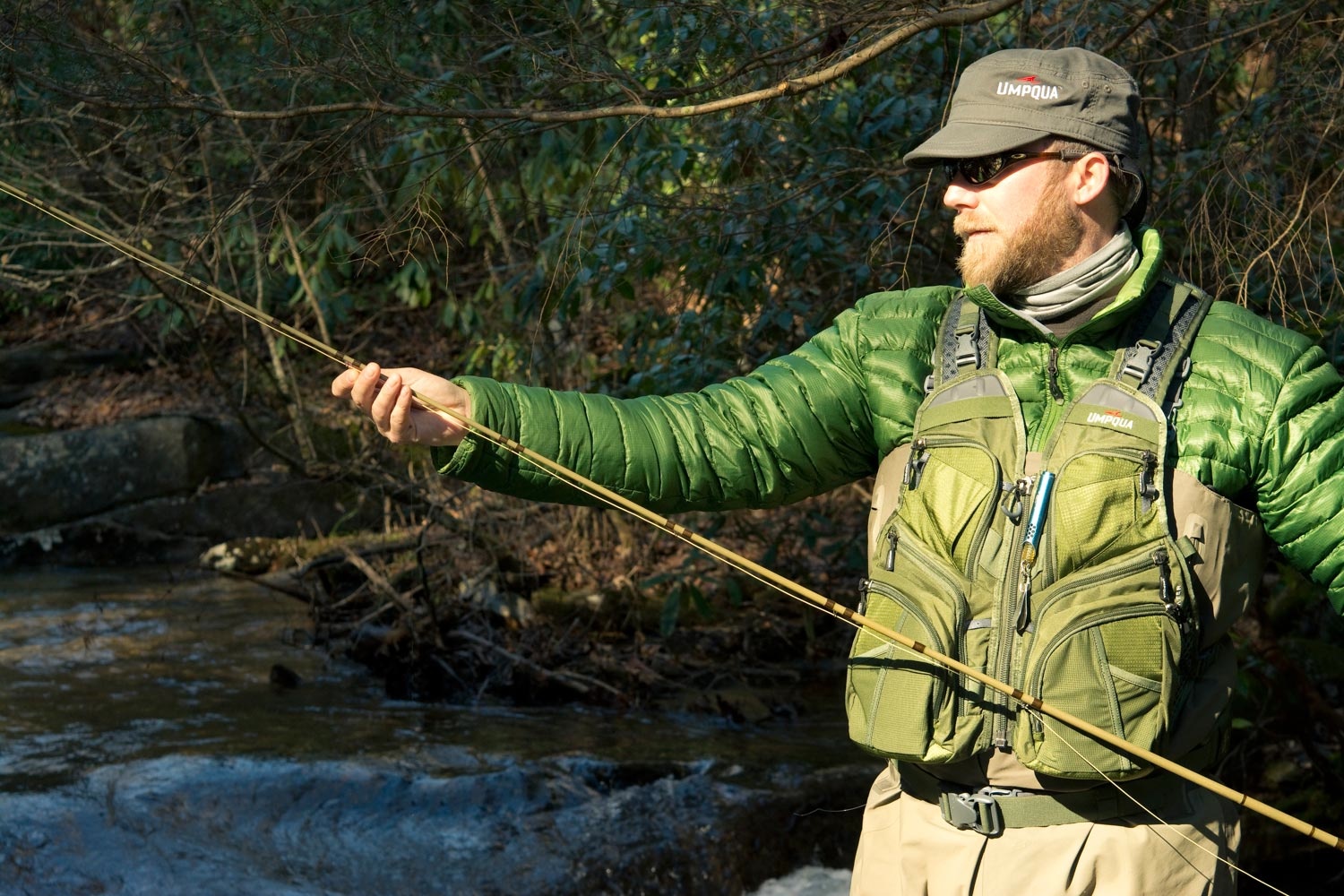
For over a decade, I’ve had an old fly fishing vest in my garage, hanging on a coat hanger, next to an ever growing number of unfixable leaky waders. The only reason I kept it around all these years, was in case I had a gear-less buddy show up that wanted to go fly fishing with me. Yet, even when that happened, I rarely pulled it off the coat hanger. There just wasn’t a real need, since I’m usually carrying everything needed anyway, and more importantly, I’m the one that does all the rigging. When the fly fishing pack fad hit the scene strong, around 2000 (give or take a few years), like most, I was quick to jump on the chest and waist pack bandwagon. Years passed, and I never looked back.
It was a pretty easy decision for me to make at the time. For starers, I was tired of having to chase my gear down the river, because I forgot to zip back up my fly vest pockets. When you’re wearing thirty pockets on your chest, it can be a real challenge to remember to zip them back up, especially when you’re in a hurry to find that correct fly box or spool of tippet. That being said, the main reason I gave up my old school fly fishing vest was the fatigue it gave me. Lugging it around all day loaded down, proved to suck, even when I was in my 20s, and my beer gut was still just a little guy. I remember a friend telling me once, that he weighed his fly fishing vest and the scale read well over 30 pounds. The old designs of fly fishing vests did a horrible job of distributing the weight correctly on an anglers upper body, due to the lack of adjustable and padded shoulder/waist harnesses. That has since become a thing of the past with many of the companies that manufacture fly fishing vests now using them. Umpqua is the first company that I’m aware of that has not only incorporated adjustable and padded shoulders in their fly fishing vest designs, but also integrated an adjustable and padded waist strap in the Swiftwater Tech Vest.
Recently, I was talking with a representative with Umpqua who suggested I give their new Swiftwater Tech Vest a try. He claimed I’d fall back in love with fly fishing vests, if I just gave it a little time on the water. He went on to tell me, “I regularly wear mine around the office. It’s seriously that comfortable. That, and it goes a long way in helping me forget that I’m in the office and not on the water.” For the record, there was no doubt of the authenticity in his voice, and I have to say that intrigued me. When I received the Umpqua Swiftwater Tech Vest in the mail, I immediately put it to work. Surprisingly, I fell in love with it right off the bat, just like the Umpqua representative said I would, and that’s really saying something, since I’ve hated fly fishing vests for years. This fly fishing vest was different. It fit snug as a bug on my chest and back, and provided me the comfort I’d never felt before with other fly fishing vests in the past.
Read More »2014 Fly Fishing New Years Resolutions
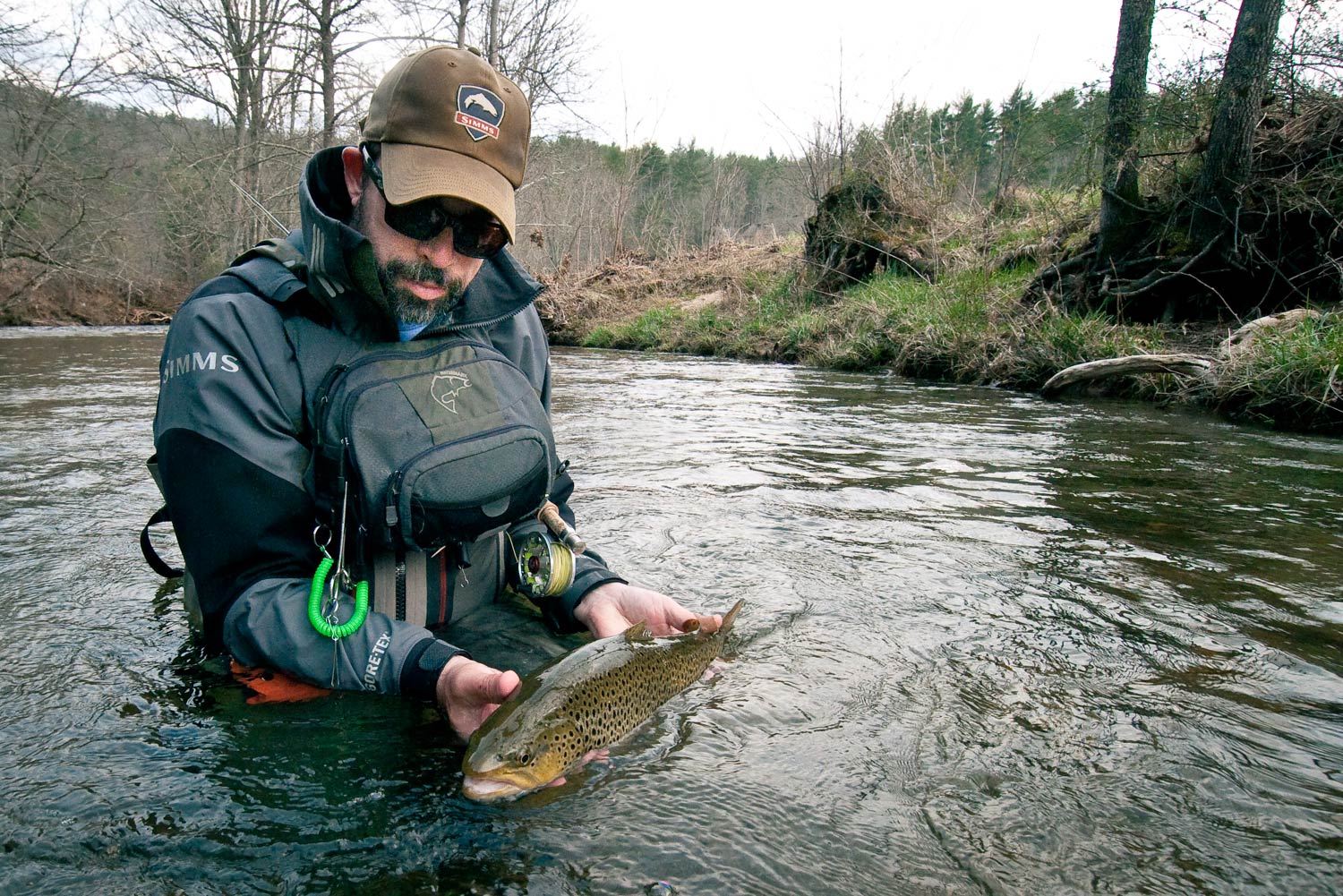
YET ANOTHER YEAR HAS SLIPPED AWAY AND LEFT ME WITH THE FEELING THAT SO MUCH REMAINS UNDONE.
It’s not that I did not accomplish what I wanted in 2013. Quite the opposite, in fact. It’s been a great year. I set some very high goals for myself and not only met them but found some unexpected opportunities along the way. The adventure Kent and I took with BF Goodrich comes to mind. I would never have thought to set that as a goal but it ranks high in my list of accomplishments.
Still, with an embarrassment of riches In the “done column,” there are a great many things I feel I have missed out on. For example, when my Christmas fishing plans got rained out, I realized that I spent not one day of 2013 fishing with my brother. That’s just not right. I traveled to some amazing places and had some epic days of fishing but I didn’t explore one new stream here at home. How is that possible?
Have I become too focused on my goals to see the treasure at my feet?
With this in mind I have decided to make a list of fly fishing New Years Resolutions for 2014.
1) Spend more time fishing with the people I love. My oldest friends and fishing buddies. My family. The people who feed my soul and remind me of who I am. The folks I have learned from, on and off the water. This list includes my brother, the man who taught me to make bamboo rods, some old friends who have just found their way to fly fishing and my wife, who hates to fish and will have to be dragged kicking and screaming.
2) Find new water to love, right here at home. I’m not proud of it, but I have come to have some bad feelings about the state of trout fishing in the southeast. Not without reason. We have profound problems and the future of trout fishing in GA is questionable. I need to get past these feelings by finding some new places that remind me of the things I love about my home water. It will likely involve sore feet and small fish but it will be worth it.
3) Spend some days
Read More »Sunday Classic ? You Cant Go Home
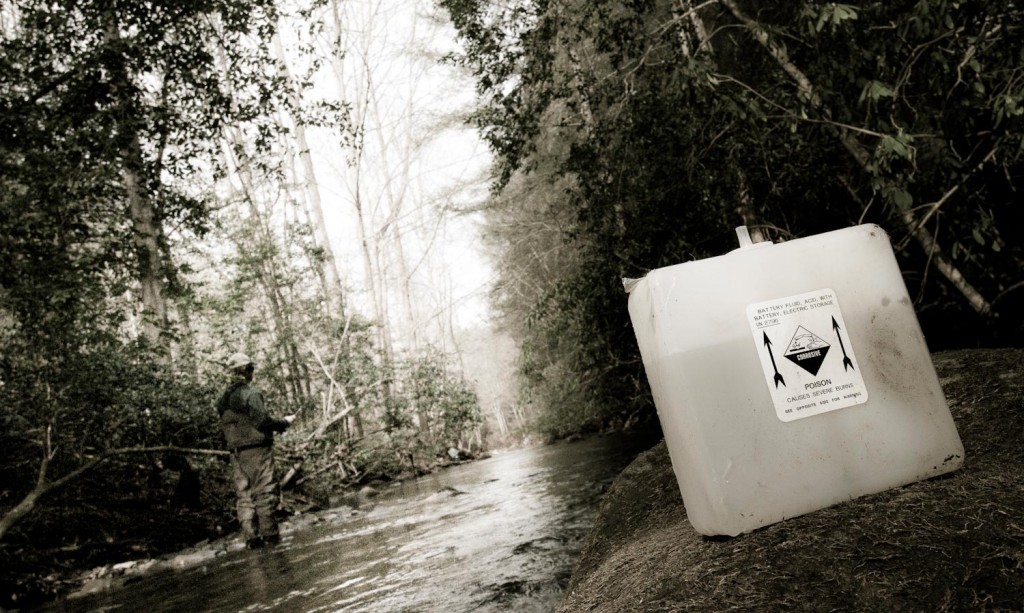
WILLIAM S. BURROUGHS, IN HIS ESSAY “DINOSAURS” WROTE, “BIOLOGICALLY SPEAKING THE ONE DIRECTION YOU CAN’T GO IS BACK”.
He was, of course, making a social comment but I was reminded of that idea while fishing the other day with a good friend. Joel Dickey was up visiting family over the holidays and was excited to do some trout fishing. For weeks he had been telling me that he was going to take me to the best trout stream he’d ever fished. The little creek in Tennessee that he grew up on. A stretch of private water owned by his aunt. I was excited to see the water and to spend a day wetting my boots with Joel.
I knew this was either going to be really good, or really bad. Joel has been living and guiding in the Keys for a long time now and things change. Things always change and where trout streams in the southeast are concerned, usually not for the better. In Joel’s memory this little creek was gin clear and full of big wild trout. When we arrived we found a different stream altogether. There were no fish of any kind. Only old tires and garbage, including a battery acid bottle. A sad sign of an unloved stream.
We moved on to a local tailwater and got into some nice fish and even some surface action, which is great for December, but Joel was heartbroken. It’s tough to see a stream you love go down hill like that. We’ve seen way too much of it in this part of the world and maybe we’ve gotten too used to it. Maybe we’ve come to expect it. Maybe we’ve become complacent.
You always hear stories about the good old days. You always hear how great the fishing was and how it’s never going to be as good again, how it’s all going to hell. Maybe that’s all true. I don’t know. Here are a few things I do know.
Read More »Saturday Shoutout / Anglers Tonic, Legally Poached
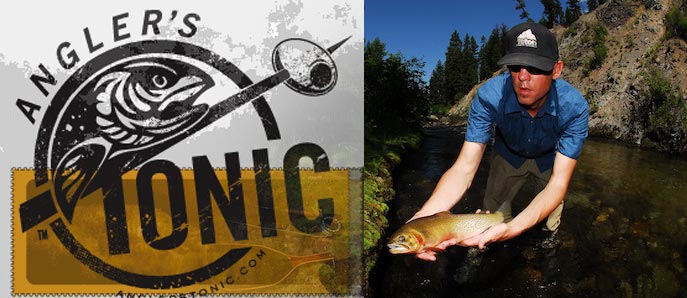
THIS WEEK WE’RE CHECKING IN WITH GREG THOMAS OVER AT ANGLERS TONIC.
The Tonic is going undercover and taking to some of Montana’s best private trout water. No permission asked and none given.
Never fear, in Big Sky Country it’s all legal. Greg gives you the blow-by-blow on how to make this epic trout adventure, catch tons of beautiful wild fish and never see another angler.
Check out,
LEGALLY POACHED: HOW TO FIND UNDERFISHED WATER AND TROUT WITHOUT HOOKSCARS.
Read More »Thomas & Thomas Fly Rods – IFTD Wrap Up
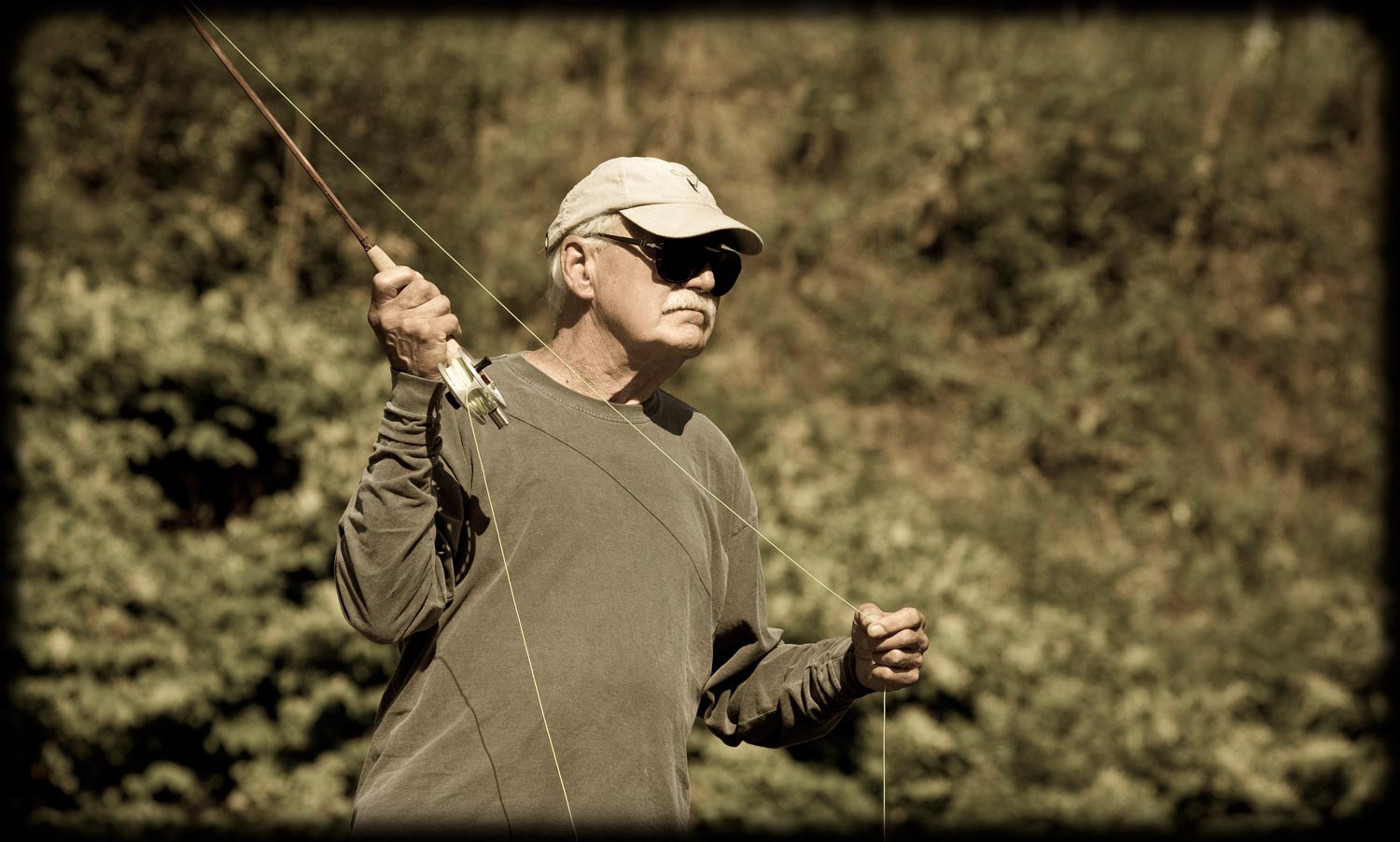
Thomas & Thomas fly rods introduced an incredible amount of new rod models for the 2013/2014 season. Tom Dorsey and Troy Jacques were the team anchors in heading the design and roll out for the large selection of new Thomas & Thomas fly rods.
The LPS II was created (4-piece version of the original 2-piece LPS rod line) for all the traveling anglers out there, that had previously fallen in love with the original LPS years ago, but wanted a more transportable version. I’ve fished the new LPS II religiously for the past year, put it in the hands of many clients, and it’s received positive reviews across the board.
T&T also introduced the ESP (Extra Sensory Presentation) trout line of rods, which is targeted for those trout anglers that enjoy fishing a medium-action fly rod in shorter lengths and lighter lines. The ESP will serve those fly anglers well that enjoy fly fishing spring creeks, where accurate and subtle presentations are critical.
The NS II (No Sanctuary) fly rod line was greatly expanded this year. The original NS rod line was only available in a 4-piece 9′ five or six weight version. Due to the NS’s extreme popularity and large following, T&T decided to create the NS II, which offers a wider range in lengths and rod weights. You now have the option of purchasing an NS II, in the following lengths: 9′, 9′ 6″ or 10′ and it’s offered from 5wt through 8wt. This fast action rod is a laser beam on the water, and the action will provide you that “one-piece construction” casting feel.
Last but not least, T&T introduced the SSS (T&T switch-rod) for big water trout and steelhead anglers wanting more balance and versatility on the water. It’s sorta of a niche that many fly fisherman have been inquiring about for a while now, and T&T answered the calls with it’s 9′ 6″ 7wt & 8wt models. Check out the video below as Tom Dorsey provides all of us the break down at this year’s IFTD show in Las Vegas.
Read More »My Early Christmas Gift of Fly Fishing With Tom Dorsey

As a kid growing up, my Mother always allowed us kids to open up one Christmas present early every year. I’m not sure if it was a holiday tradition that she’d carried on from her own childhood or something she started after she was blessed with a family of her own. Chances are, it was more likely just a way for her to get a little peace during the holidays, and a break from the non-stop haggling from my siblings and I, as we begged for her permission to let us open presents early. Another reason I think she granted us an early present was because it did a pretty good job of killing our urge to go snooping around the house looking for our big ticket Christmas presents. Those never showed up under the Christmas tree until Christmas Eve, when Santa would drop them off while our family attended evening Church service. It took me years to figure out why my Mother always had to go back into the house to use the bathroom, after she’d already loaded all of us kids in the car. I have to say, that was a pretty sneaky way for Mom to get Santa’s presents under the tree, so they’d be waiting for us when we got back from church.
It’s been many years, since I’ve lived out that early Christmas present tradition, that I enjoyed so much as a child. With a family of my own now, it’s no longer me on the receiving end, but instead my own kids. This year, however, was and exception when I was surprised with an early Christmas gift of my very own, and it’s one I’ll cherish the rest of my life. We all have fly fishing heros that we look up to and respect, but most of the time we never get the opportunity to meet them in person, much less spend a day on the water fly fishing with them. My early Christmas gift this year, was spending a day on the water with the great fly fisherman and fly rod builder Tom Dorsey, from Thomas & Thomas fly rods.
Sunday’s Classic / Kype for Days
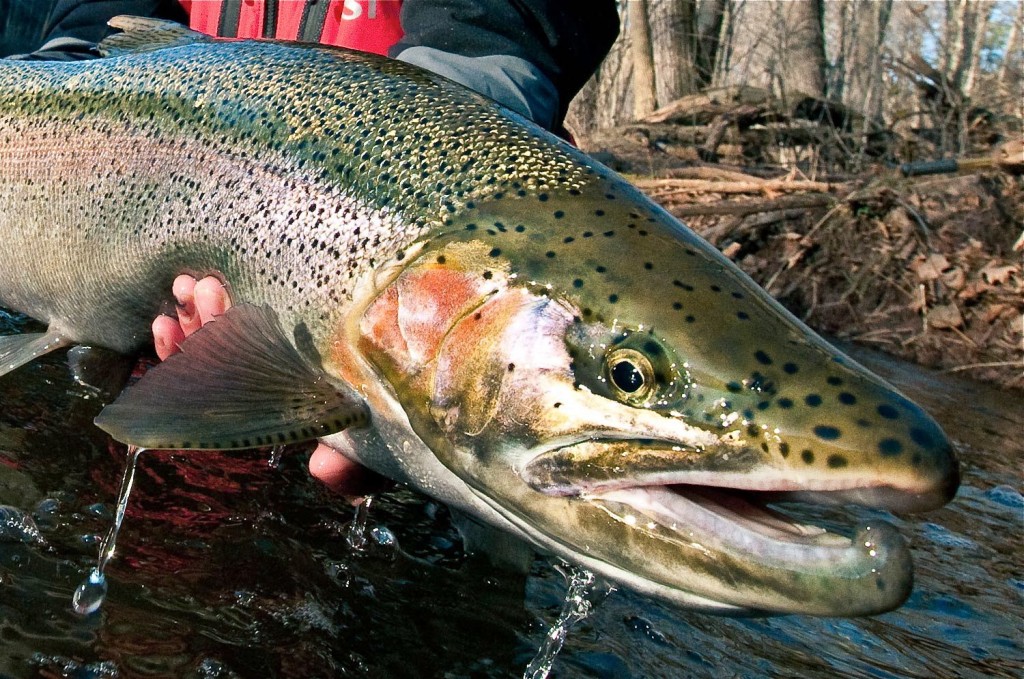
I love it when I luck up and catch a big male trout, steelhead, salmon, or char. There’s something about big gnarly kype jaws that fascinate me. For starters, males always seem to sport more vibrant colors than hens, especially during the spawning season. In the wild and according to my catch rates, there seems to be a higher ratio of females to males in most watersheds I fly fish. If you really want to know what gets me fired up when I land a big male, it’s the fact that every male specimen I catch, seems to have its own unique face and features, just like all of us. It probably sounds weird, but I always find myself trying to imagine what the fish would look like if it was a person. The big kype always turns into a big smile, and the shape of the snout ends up being the shape and size of the person’s nose. For no rime or reason, it happens like clock work before I release every bruiser. God bless all the kype jaws swimming around out there in our watersheds. They always make my guide days a little extra special and rewarding when they show up.
AM I ALONE HERE IN HOW COOL I THINK MALES WITH BIG KYPES ARE?
Read More »Saturday’s Shoutout / Larimer’s Deschutes Nymph Rig, Feather & Fin, Jay Nicholas Saltwater Fly Tying 101
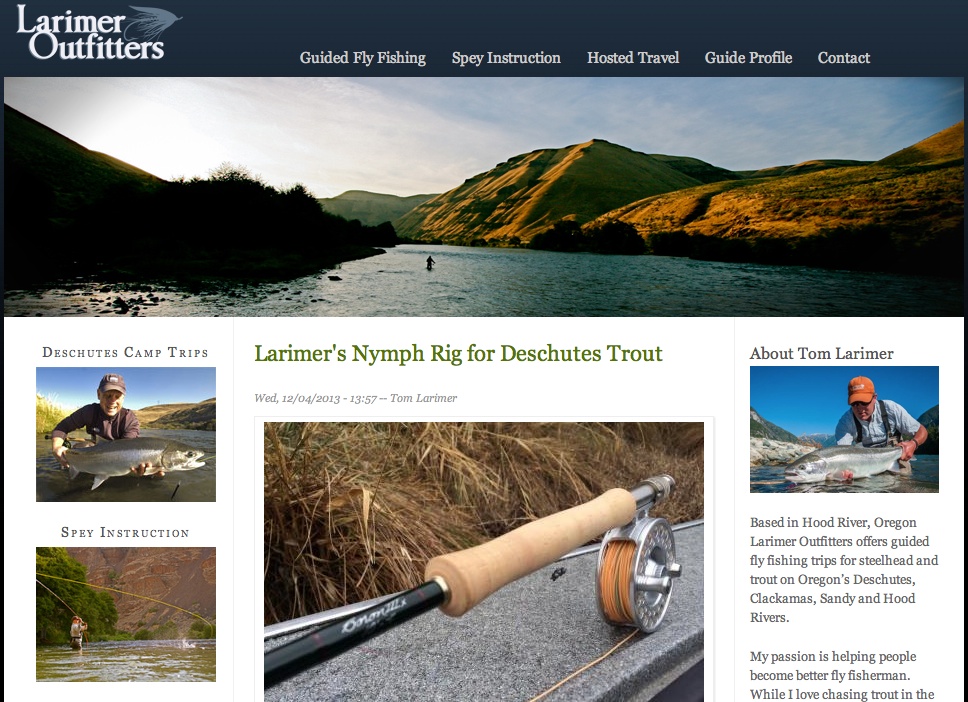
We’re honored to have many loyal fly fishing professionals around the world, that take the time out of their busy schedules to follow and comment on Gink & Gasoline.
Tom Larimer, owner of Larimer Outfitters, is a veteran fly fishing stealhead and trout guide, spey casting instructor and hosted trips specialist. He’s a good example of the type of “high caliber professionals” that make up a significant portion of our G&G community. We can’t tell you enough how much we respect this man and what he brings to the fly fishing industry. If you haven’t visited the Larimer Oufitters website, we highly encourage you to check it out. It’s loaded with all kinds of great fly fishing information and it’s updated frequently. You’ll also find information about Tom’s fly fishing guide services and his international hosted trips.
This week, we showcase Tom Larimer’s “Nymph Rig for Deschutes Trout” a great fly fishing tips article, that’s sure to help you learn how to rig and fly fish big water more effectively with nymphs. When Tom shares his fly fishing knowledge, we listen. The man knows a thing or two about catching fish on the fly.
Read More »Simms 2014 Wading Boots Change The Way You Wade

SIMMS HAS SOME EXCITING NEW IDEAS IN WADING BOOTS FOR 2014.
The new Simms wading boots are truly redesigned from the ground up. The guiding principal in the new designs is based on the idea of proprioception. (Yes, I had to look that up) The idea is that when your foot can feel what you’re walking on, your balance is better. The new Simms wading platform gives your foot more feel so you can wade with confidence. It’s a simple but powerful idea.
Simms doesn’t stop there. The entire line-up of boots for 2014 are radically innovative, including the new G4 BOA boot. This boot design solves problems which have plagued the BOA system from the start. It’s a very exciting design.
Watch the video and Rich Hohne will show you some of the exciting ideas Simms has for your feet.
Read More »The New Orvis, Sales Pitch or Substance?
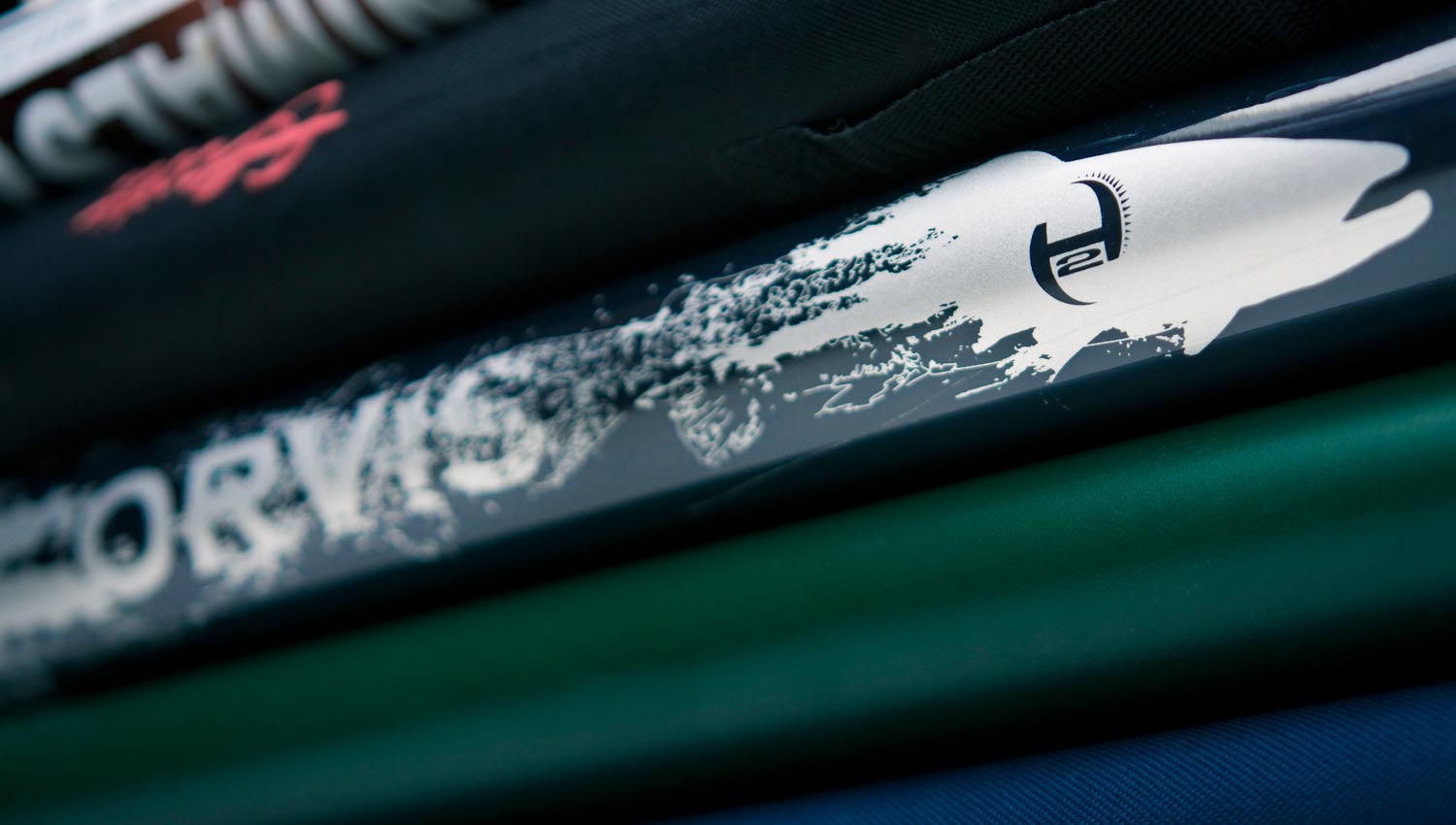
HAVE YOU SEEN THE STICKERS THAT READ: PROUD NOT TO BE AN ORVIS ENDORSED GUIDE, REAL GUIDES SUPPORT REAL FISHING COMPANIES?
Well, Orvis has. I was surprised to see the sticker at the Orvis headquarters in Manchester, Vermont, and even more surprised to hear Orvis executives discussing it openly, and even take responsibility for for the perception that lead to its creation. Orvis has an image problem and they know it.
The problem started where so many do, at an ad agency. In the 1980s Orvis was having great success with its lifestyle stores. It was no longer just a fly fishing company. It was a fly fishing/hunting/lodge/clothing/home decor/dog bed company. That’s quite a lot for agency account executives to get their heads around.
Orvis was rebranded under the label ‘distinctive county living,’ and the hundred-thirty year old brand that embodied fly fishing to many anglers was folded into something that felt immediately phony to serious anglers. Suddenly the men and women at Orvis, who had spent their careers creating innovative, high quality fly fishing gear, were the picture of uncool.
“That phrase sets my teeth on edge,” Tom Rosenbauer tells me.
It’s a very rare thing for a company the size of Orvis to get their heads around this kind of problem. The more common corporate response involves drinking a lot more Kool Aid and doing some vigorous, if unwarranted, back slapping. The fact that Orvis sees the problem speaks volumes.
So what’s changing at Orvis?
It’s pretty easy to see that the face of Orvis is changing. The company was the first in fly fishing to embrace internet marketing and social media. With the creation of Orvis News and Orvis Fly Fishing Podcast the hundred-fifty year old brand proved it could still lead the pack when it comes to innovation.
“Tom Rosenbauer has done something truly great here that transcends the conventional customer-retailer relationship. He has built a community around his podcast and I believe our listeners feel he is more like a fishing than a brand representative.”- James Hathaway of Hathaway Communications. (Read the full interview @ Trout Underground)
The look of Orvis has changed as well. Images and design in the company’s ads and branding are fresh and young. Gone are the silver-haired, pipe-smoking country gentlemen who rode the company’s image, among hard core anglers, into the ground. Rod tubes show off flashy graphics and Orvis ball caps flaunt the likeness of carp. This is definitely not your father’s Orvis, at least on the surface.
But what’s really going on? Is the man behind the curtain an advertising executive or a rod maker?
What I saw at the Orvis plant and headquarters surprised me.
Read More »